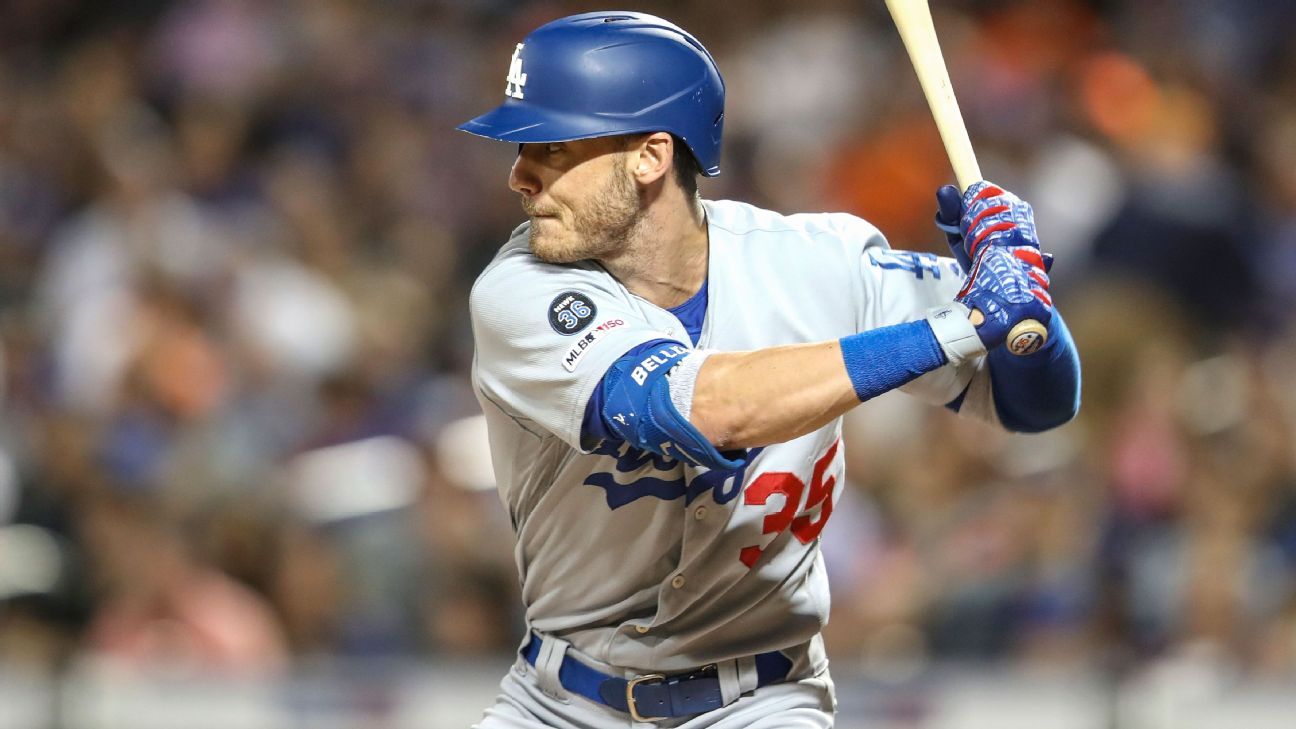Young players are dominating baseball like never before — and this October presents a chance for a new group of rising stars to make their mark on the MLB postseason. From an NL MVP hopeful in Los Angeles to a pinstriped infielder who reminds us of a certain Yankees shortstop icon, we identified five rising stars with a chance to have a major impact on teams primed to make some serious noise in the playoffs.
In anticipation of these five young players becoming household names this month, we asked ESPN.com’s Alden Gonzalez, Eddie Matz, Marly Rivera and David Schoenfield to introduce you to the next wave of postseason heroes and go back in time to find the best comparison for each budding superstar.
Jump to …
The 40/40 threat | The powerful phenom | M-V-P! M-V-P!
The Machine 2.0 | The next Captain?
Ronald Acuña Jr.: The 40/40 threat
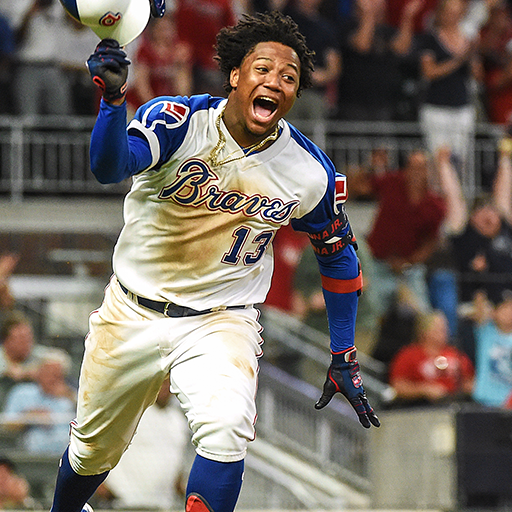
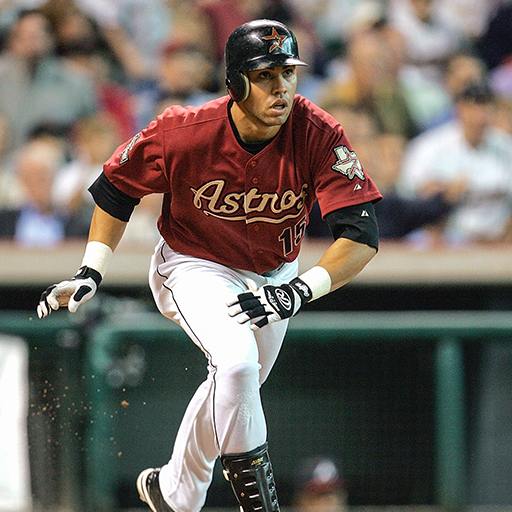
Logan Riely/Getty Images; Ronald Martinez/Getty Images
How Acuña could dominate this postseason
When you’re just the third player 21 or younger to mash 40 home runs in a season — joining Hall of Famers Eddie Mathews and Mel Ott — you’re doing a lot right at the plate, but maybe Acuña’s most impressive trait is his precocious ability to hit breaking balls. A lot of young players struggle once pitchers show them some spin. Not Acuña.
Against curveballs and sliders, Acuña hit .311/.373/.547. He ranked ninth in the majors in batting average and fifth in wOBA. His 14 home runs against curves and sliders led the majors. Acuña does a great job of hunting out breaking balls early in the count. With two strikes, he’s still vulnerable to chasing out of the zone — one reason he has a 26.3% strikeout rate. With no strikes or one strike, however, he hit .476/.506/.952 against curves and sliders. Don’t hang a breaking ball early in the count.
Fellow major leaguers are impressed with Acuña for the same reason we are: He’s this good at such a young age.
“It’s amazing what he’s accomplished at his age,” Braves teammate Freddie Freeman said during All-Star festivities in Cleveland. “I don’t think this is going to be Ronald’s only All-Star Game.” Cubs shortstop Javier Báez, a wise old veteran at 26, said Acuña “has learned so fast. He’s 21 and has that kind of power. That’s impressive.”
Acuña did have a tough stretch from Aug. 16 to Sept. 3 in which he hit .156 with just one home run over 17 games. He had perhaps become a little too homer-happy with 40 home runs within sight.
“I think he’s trying to do a little too much right now, pushing toward 40,” Braves hitting coach Kevin Seitzer told The Athletic in that time. “That’s where he’s at. So we just got done having a talk. We’re going to adjust his routine a little bit in the cage to try to get him more flattened out. Because when guys try to do too much, they lose the barrel, and he’s underneath it — everything he’s swinging and missing, he’s underneath it.”
Sure enough, Acuña soon got back on track. Indeed, Acuña’s ability to drive the ball to all fields — he has 12 home runs to center field and 12 to the opposite field — suggests he’s a hitter with power and not simply a power hitter trying to launch fly balls at the expense of batting average. If he can cut down on the strikeouts, 40 home runs with .300 batting averages should be in his future. Oh, and don’t forget: He also stole 37 bases, leading the National League.
Shades of Octobers past: Carlos Beltran
With Acuña’s power-speed combo, the comparisons are going to be limited. The name that jumps out is Carlos Beltran and his otherworldly performance in the 2004 postseason with the Astros. Beltran was one of the game’s great power-speed threats, with 435 home runs and 312 stolen bases, and he was at his peak in 2004, when he hit 38 home runs (second-highest of his career) and swiped a career-high 42 bases in a season split between the Royals and Astros. Then he went off in the postseason, hitting eight home runs and stealing six bases — all in 12 games, as the Astros were eliminated in the NLCS. — David Schoenfield
Yordan Alvarez: Not just a power hitter
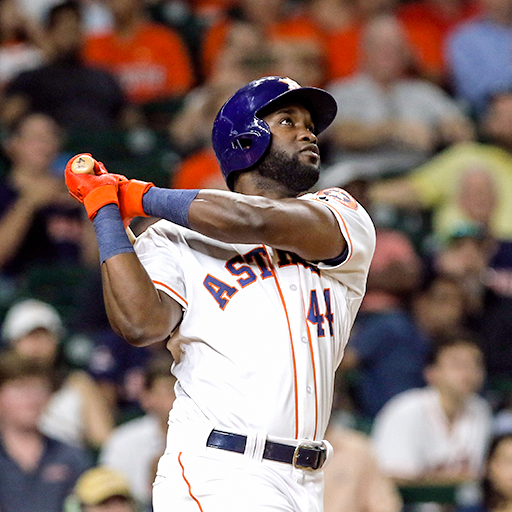
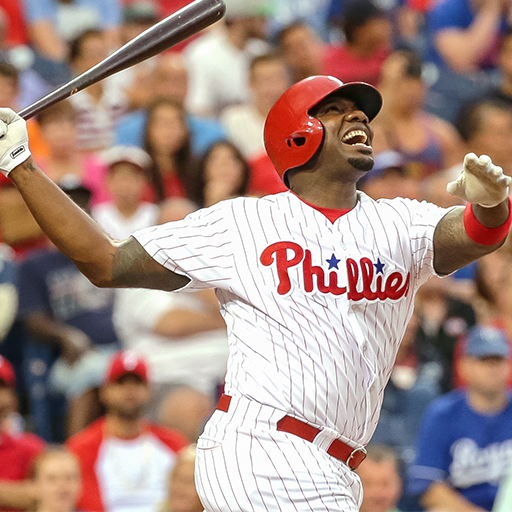
John Glaser/USA TODAY Sports; Hunter Martin/Getty Images
How Yordan could dominate this postseason
It’s important to understand that Alvarez isn’t just some flash-in-the-pan power guy who put together a good run; it’s important not to categorize him as another one of these lumbering, all-or-nothing, left-handed sluggers who swing wildly and try to pull everything. Alvarez matches elite power with uncommon plate discipline. And at 22, he accomplished what few ever have — the Cuban slugger will finish his rookie season with a Weighted Runs Created Plus of 178, a mark topped by only these four players at that age or younger: Ted Williams, Bryce Harper, Ty Cobb , Joe Jackson and Stan Musial.
Alvarez managed a .313/.412/.655 slash line and 27 home runs in just over half the amount of games. His .342 isolated power was topped by only Mitch Garver (.357) and Mike Trout (.353). But Alvarez’s chase rate and swinging strike rate were better than the major league average. And before getting called up in early June, he amassed more doubles and homers to the opposite field than he did to his pull side, according to FanGraphs data.
Astros manager A.J. Hinch raves about every aspect of Alvarez’s approach.
“There’s no panic,” Hinch said. “He’s not jumpy, he’s not overly concerned if he falls behind; when he gets ahead, he hunts pitches — he’s very smart with what he looks for and when he looks for it. His stride is under control, his bat speed is really good, he’s got tremendous leverage in his swing, given his size and strength, and he knows where the barrel is.”
Alvarez experienced the inevitable struggles toward the end of August, going 8-for-40 over a stretch of 12 games. But he quickly recovered, finishing the 2019 regular season with a .296/.394/.605 slash line in the month of September.
Alvarez learned to hit from his father, Agustin, who played in the Cuban National Series. Patience at the plate was preached to Alvarez at an early age. When he reached professional baseball in the United States, pitchers consistently threw him away, and Alvarez learned to let pitches travel and drive them to left field rather than be overanxious and try to pull them to right. All the ingredients were there for sustained success, no matter what adjustments were made against him.
“I just had to stay strong mentally,” Alvarez, speaking in Spanish, said of encountering his first struggles in the major leagues. “I had to remain confident. Sometimes, stuff like that will test your confidence, and that’s how the slumps prolong.”
Shades of Octobers past: Ryan Howard
In 2005, there was a fierce, left-handed power hitter who burst onto the scene and was named Rookie of the Year despite not accumulating a considerable amount of at-bats and not providing much of any defensive value. His name was Ryan Howard, and he clubbed 22 home runs while playing 84 subpar games at first base for the Philadelphia Phillies.
Howard, who struck out 67 more times than he walked that season, didn’t quite display the plate discipline Alvarez seems to possess. But Howard did have some dominant postseason runs, with a .933 OPS through back-to-back trips to the World Series from 2008 to 2009. — Alden Gonzalez
Cody Bellinger: The breakout MVP candidate
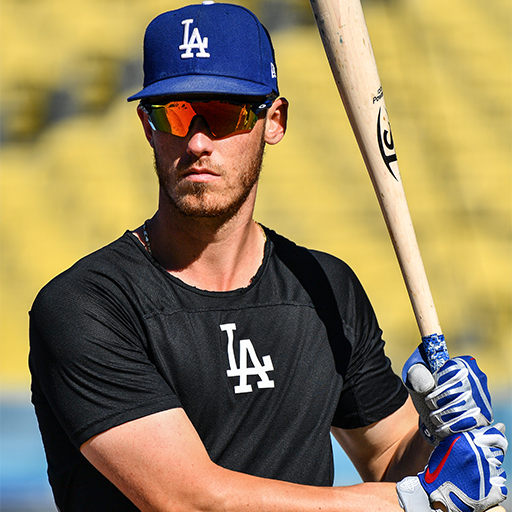
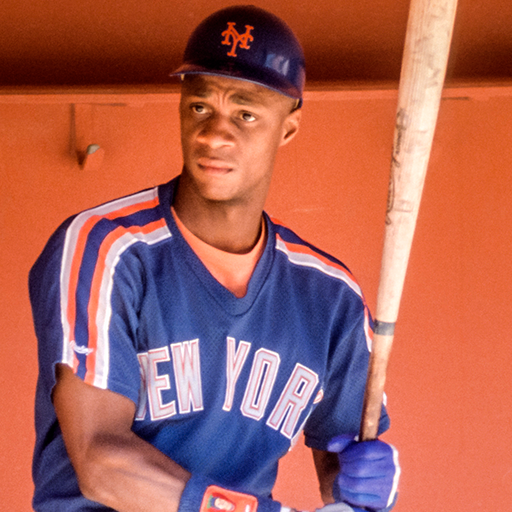
Brian Rothmuller/Icon Sportswire; David Madison/Getty Images
How Bellinger could dominate this postseason
Here’s all you need to know about Bellinger’s growth from Year 2 to Year 3: He went from sitting against left-handed pitchers when it mattered most to being among the game’s most effective hitters against lefties. Bellinger’s slash line against same-side pitchers jumped from .226/.305/.376 to 280/.386/.596 from 2018 to 2019; his 18 home runs against them this year were second in baseball behind J.D. Martinez.
Bellinger also improved as a two-strike hitter, going from .201/.280/.330 to .231/.320/.434. He also chased less, made more contact with pitches within the strike zone and ranked within the top 10% of the league in barrel percentage, which tracks the amount of batted balls that achieve the ideal combination of exit velocity and launch angle.
Bellinger stood closer to the plate this season — unintentionally, he said — and achieved far better coverage, but it amazingly didn’t impact his ability to hit pitches traveling low and inside. In fact, Bellinger posted a 1.122 OPS on low-and-in pitches this season, 324 points better than the prior season.
Bellinger’s improvement didn’t just happen. He worked on it. The failures of 2018 — batting in the low .200s by the end of July, falling out of whack with his mechanics throughout the summer, sitting against opposing lefty starters during the postseason — lit a fire under him.
He spent the ensuing offseason alternating his time with the Dodgers’ two hitting coaches, working with Robert Van Scoyoc in Los Angeles and Brant Brown in Arizona. The two worked to get Bellinger back to the upright stance and fluid load that worked for him before winning the National League Rookie of the Year in 2017. Most importantly, though, they wanted him to gain a true understanding of his mechanics for the first time in his life, which would help him self-correct when the inevitable struggles presented themselves.
Van Scoyoc and Brown carefully explained to Bellinger each aspect of his mechanics and had him progress through tee work, then flips, then eventually the high-velocity pitching machine, and if he wavered, they reverted back to the basics. Said Brown: “You train the movement patterns. Then when you get into the box, you just put it on autopilot.”
Shades of Octobers past: Darryl Strawberry
A tall, lanky, left-handed hitter with a lofty swing, surprising speed and a strong throwing arm — yeah, sounds about right. Strawberry didn’t do all that much during the 1986 postseason, batting .217/.315/.457. But he hit a towering home run to lead off the eighth inning in Game 7 of the World Series, giving the New York Mets a critical insurance run when it seemed as if the Boston Red Sox were finally starting to regain some momentum. It propelled the Mets to a championship. The Dodgers hope for similar October magic out of Bellinger. — Alden Gonzalez
Juan Soto: Master of the strike zone
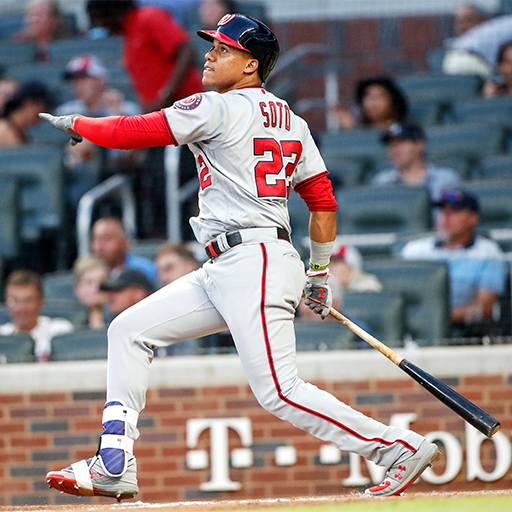
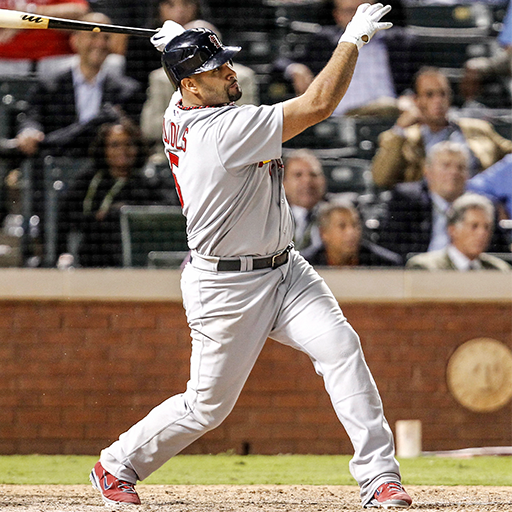
AP Photo/John Bazemore; Ron Jenkins/Fort Worth Star-Telegram via Getty Images
How Soto could dominate this postseason
You’ve heard of spitting on pitches? Well, Juan Soto practically hocks loogies on them. In his first full big league season, the 20-year-old outfielder ranks third in the National League with 108 walks. He has the NL’s third-lowest chase rate (20.2%) and sees the sixth-most pitches per plate appearance (4.23).
A proprietary dance move the lefty swinger typically deploys after taking a ball, it involves a deep knee bend and then a swipe of the dirt with each foot. Although Soto has recently phased out the glare-at-the-pitcher portion — perhaps for fear of ruffling feathers — the Shuffle itself is still an integral part of his game. Just like the selectiveness that spawned it.
Early in 2016, during his first season as a pro, Soto controlled the zone about as much as a TV controls the remote. Over his first 17 games in rookie ball, the Dominican native walked just once (against 13 whiffs). After an intervention from a coach who told the kid he’d never survive without learning the zone, that changed — immediately. Soto walked six times over his next 11 games (with only five K’s). The rest is history for a player who knows what to do when he does get a pitch he likes.
“It takes effort — a lot of effort — to do what he’s doing,” hitting coach Kevin Long said of Soto, a notoriously hard worker who does his interviews in English and who graduated from the team’s Rosetta Stone program faster than all but one player in Nationals history. “It takes a bit of mental toughness to grind like he does. When you’re working in the strike zone, you’re grinding. These at-bats he puts together, it’s not easy. It could wear on certain guys, but he thrives on it.”
“I just try to concentrate and look for one pitch,” said Soto. “If they don’t throw me that pitch, I just wait. That’s how they walk me.”
Shades of Octobers past: Albert Pujols
Typically, it’s unnatural to draw parallels between lefty and righty hitters, but not in Soto’s case. The precocious plate discipline and premature power conjure up images of a young Albert Pujols. The wide stance and almost nonexistent stride don’t hurt, either. For what it’s worth, Soto, who grew up idolizing Robinson Cano, doesn’t necessarily see the similarity. But he’ll happily wear it.
“I feel glad they compare me with this guy,” Soto said, “but I think nobody is like Pujols. He’s a machine.”
So whom does Soto emulate now that he’s all grown up (in an under-21 kind of way)? “I try to be like nobody. I just try to be Juan Soto.”
So far, so good. — Eddie Matz
Gleyber Torres: Mr. Cool under pressure
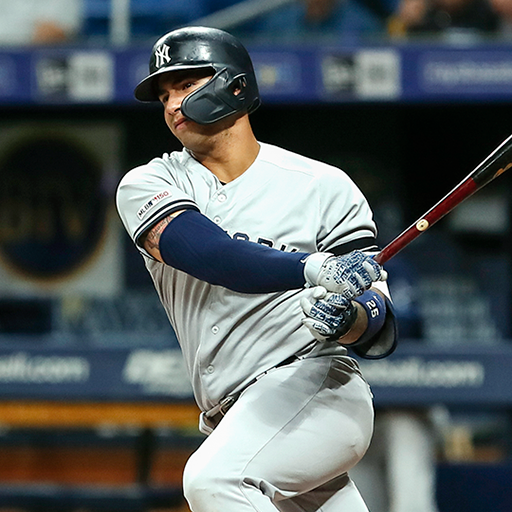
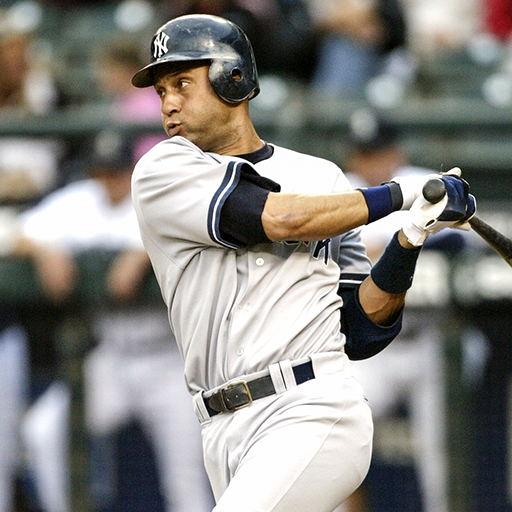
Mark LoMoglio/Icon Sportswire; Otto Greule Jr/Getty Images
How Torres could dominate this postseason
Remaining cool under pressure is a trait usually reserved for seasoned league veterans, especially when it comes to high-leverage situations. Enter the exception to the rule: 22-year-old Gleyber Torres.
While “clutch hitter” is a much-debated term to describe players who get more than their share of hits in high-pressure circumstances, the Yankees’ Torres has the makings of an exceptionally good hitter simply on the basis of the quantity of his hits, as well as his timeliness.
Now in only his second full big league season, Torres has shown an ability to take it to another level in big spots — slashing .344/.379/.641 when hitting with runners in scoring position for a 1.020 OPS with RISP that stacks up with some all-time greats at the same age:
Alex Rodriguez, 1996 (20): .349 BA, .993 OPS and 1998 (22): .341 BA, .910 OPS
Albert Pujols, 2002 (22): .340 BA, 1.090 OPS
Torres credits a consistent approach to hitting, regardless of the situation, as a key part of his success. And though it’s hard to easily measure a player’s ability to respond well in pressure situations, Torres believes having always been surrounded by much older players is the main factor behind his success.
“In those moments, I never feel fear,” Torres said. “When I started playing baseball, I always played with guys older than me. I was always the youngest kid. I think that helped me develop my focus and enjoy a higher level of competition. When these situations come up, it’s not new for me. I just live in the moment and enjoy it, because I love when emotions are high and adrenaline is pumping at a hundred percent, and I just try to put on a good show.”
“There are a lot of different personalities that succeed in big spots,” said Yankees manager Aaron Boone, who admittedly forgets Torres is as young as he is. “With Gleyber, there is an ease with which he plays the game. That comes because he’s very good at it and he’s very confident in his ability on both sides of the ball.
“He’s a smart player; a smart hitter. He has committed to being better all the time and understanding pitchers, what they’re doing to him, what his game plan is, what he’s looking for in particular situations. He does a good job of having that ability to kind of slow everything down and adapting to the game situation.”
Shades of Octobers past: Derek Jeter
In baseball lore, few players have garnered praise for their success in high-pressure situations quite like “Captain Clutch” Derek Jeter, which Boone had the opportunity to witness first-hand.
“In Derek’s case, what really stood out to me was the level of focus and intensity when it was thick, when it really mattered,” Boone said. “There was this energy that I felt ramped up with him. But not in an anxious way, more like, ‘I got this. Hit me the ball. I’ll go get the ball. I want to be up. I am in control of this.’ Being his teammate and watching him in these moments, my appreciation grew leaps and bounds being around him, seeing the kind of elite competitor he was.”
“When you’re good at something, it’s about practice and repetition and being confident in the fundamentals that you have. I believe that can go a long way in giving you the best chance to succeed. Torres is showing a glimpse of that,” Boone added. “He’s definitely a guy I would want the ball hit to or want up in certain spots. Obviously, it doesn’t mean that you always get it done, but I love the intangible stuff about Gleyber.”
Like Jeter, Torres cherishes being in those high-leverage situations, and performing like his favorite player growing up: David Wright.
“I was a big fan of David Wright when I was a kid. He was the Mets’ captain, and I always admired how he excelled. I also admire Jimmy Rollins a lot, and Víctor Martinez. They were the types of players that I admired because they always seemed to come up big at the zero hour. When I was in the minors, I loved being in that situation; being the man. It’s not an ego thing, it’s not about personal glory, it’s about helping the team.” — Marly Rivera
